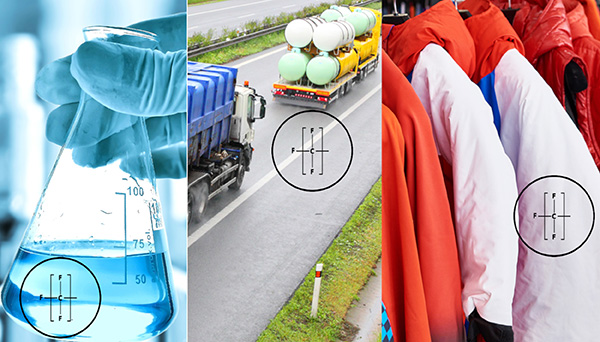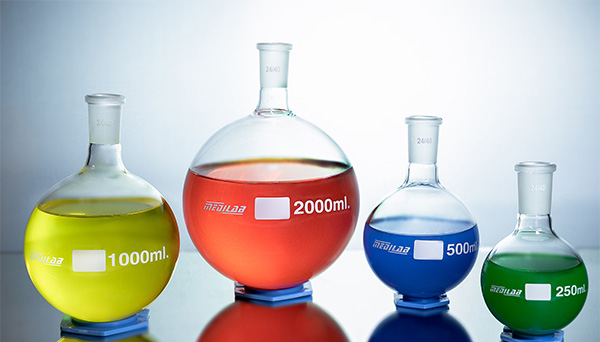Advancing Supply Chain Transparency for Chemicals in Products
Status: Active
Operational Plan: 2022
Project Duration: 39 months
Start date: July 2022
A fundamental assumption in a circular economy is that materials re-introduced within value chains are safe for human health and the environment. However, when chemical composition data and/or industry awareness of the chemicals in products are lacking, this poses challenges to identifying risks to human health and the environment from any intentional and non-intentional chemicals in those products.
Improving supply chain transparency (SCT) enhances the ability of governments and industries to identify and prevent the entry or re-entry into the economy of products containing chemical substances that have the potential to adversely affect human health and the environment.
This project will explore existing SCT instruments, both globally and in North America, including policies, data sharing systems, and environmental standards, to identify innovative approaches and digital tools supporting the identification and disclosure of the chemical contents of goods and materials.
To find out more about this project, here is the complete project description.

Issues
Information gaps and barriers affecting supply chain transparency include:
- Lack of information related to the chemical composition in recycled materials and the resultant lack of awareness of the risks they may pose
- Insufficient information on alternative substances and emergent toxics (regrettable substitution)
- Scattered and/or outdated scientific information on chemical compounds
- Restrictions associated with confidential business information and boundaries of disclosure
- Lack of standardization and guidance for sharing data between companies, downstream users, and consumers
Aim
The project aims to ensure a common understanding of current and emerging North American and global instruments, requirements, technologies, and methods for implementing SCT and potential barriers, and to identify possible approaches for overcoming these barriers.
Deliverables
- Assessment report on global and regional SCT instruments, practices, and requirements
- Case studies of industry sector(s) that have implemented SCT best practices
- Recommendations on approaches for developing capacity-building plan(s) for improving or implementing SCT, and development of outreach materials for industry
Related Work

Close out of Past Environmental Monitoring and Assessment, Chemicals Inventory and Mercury Activities in Mexico
Operational Plan 2013 - 2014

© Medilab Exports Consortium
Enhancing Trilateral Understanding of Chemicals in Products in North America
Operational Plan 2013 - 2014
Contact
For more information about this project or to partner with us, contact:
Orlando Cabrera-Rivera
Head of Unit, Environmental Quality



